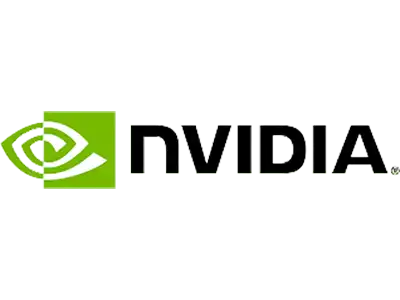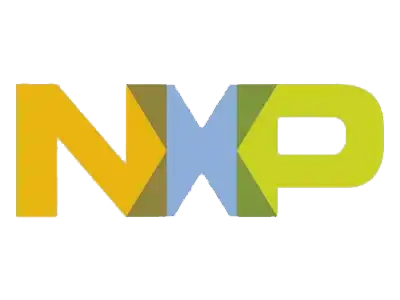Blogs - Industries
Nailtop Microcontrollers: A Paradigm Shift in Machine Learning Capabilities
In recent years, technological advancements have revolutionized the world of microcontrollers, enabling them to perform increasingly complex tasks. One groundbreaking innovation in this field is the advent of Nailtop microcontrollers with machine learning capabilities. These miniature devices have emerged as powerful tools for implementing machine learning algorithms in resource-constrained environments. In this blog post, we will explore the exciting potential of Nailtop microcontrollers and delve into their unique features and applications.
Predictive AI & How It Is Used in Cybersecurity
Individuals and businesses have undoubtedly reaped numerous undeniable benefits from the advancement and evolution of technology. However, it has come with a significant disadvantage: an increase in cybercrime, cyberattacks, and malware infections, facilitated by the ever-increasing attack surface.The expansion of the network perimeter poses a significant problem, particularly for high-level business operations that need to consistently monitor hundreds of layers of code and security events to guard against intrusions. This task surpasses human capabilities and therefore requires a more efficient solution.
Semiconductor Companies Turn to AI to Design Future Chips
In 1965, Gordon Moore proposed Moore’s Law, which predicted that advances in processing will accelerate, shrink, and improve every two years. The desire for greater capabilities and higher performance is fueling innovation for the chip design business as we stand amid the digital revolution, which has fundamentally transformed the core notions of the electronics industry.
Audio Processing – Low Power Consumption
Power consumption is an increasingly important aspect of personal computers, and efforts are being made on both software and hardware fronts to reduce it. The CPU accounts for a significant portion of the power consumed, and to extend battery life, CPU power consumption must be reduced. This can be achieved by placing the CPU in a sleep state when idle or by reducing its processing load.
JTAG: A Strong Tool for Security Testing
Effective debugging and testing are crucial for ensuring the dependability and performance of hardware in electronics and embedded systems. As a complement to digital simulation in electronic design automation (EDA), JTAG offers on-chip instrumentation standards. It involves a serial communications interface through a dedicated debug port, providing low-overhead access without direct external access to the system address and data buses.
Typical Camera System for AI Powered Vision Solution
This blog explores the typical camera system for AI-powered vision solutions. It discusses Edge AI, stages of an Edge AI solution flow, camera subsystem components, and eInfochips’ expertise in custom camera solutions.
The Role of Demand Response Aggregators in Enabling Effective EV Charging Strategies
Demand response systems effectively manage EV charging during peak periods. The article explains the significance of automated demand response (ADR) and the global standards set by OpenADR. It also highlights the benefits of smart charging, time-of-use pricing, vehicle-to-grid (V2G) technology, and incentives that promote sustainable EV charging practices. Furthermore, the integration of OpenADR with Distributed Energy Resource Management Systems (DERMS) is emphasized as a means to optimize the use of distributed energy resources.
Designing Efficient and Future-Ready EV Charging Stations: Key Considerations
With the rising demand for electric vehicles, designing efficient EV charging stations is crucial. They must address challenges like communication, safety, security, and future grid integration while allowing for easy upgrades and incorporating essential components.
Understanding DO-178C Certification Artifacts and Software Life Cycle Data Items for Various DALs
DO-178C is a critical document for software developers involved in the certification of airborne systems and equipment. However, understanding the software life cycle data or artifacts required for certification can be a challenging task. In this blog post, we will explain the minimum software life cycle data required for submission to the certification authority, along with any additional data items that may be requested.




